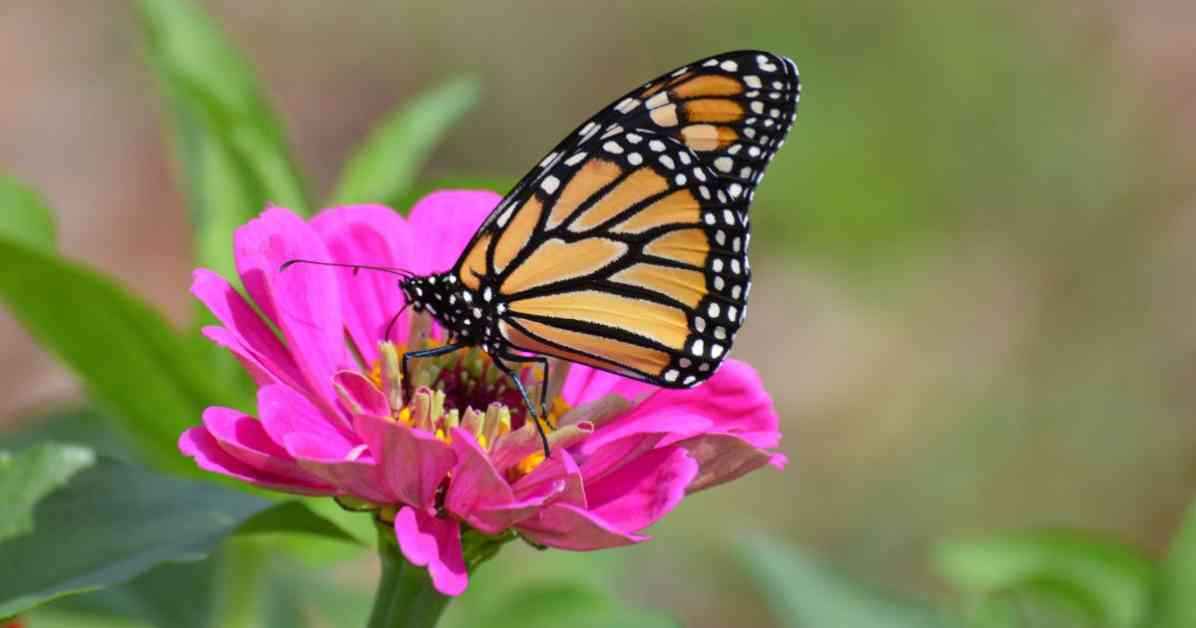The monarch butterfly, with its striking orange and black wings, is not only a beautiful sight in nature but also a symbol of transformation and change. These delicate insects embark on an annual migration as the cold months approach, flying to warmer locations to overwinter. Monarchs east of the Rocky Mountains typically head to Mexico, while those in the west find refuge along the coast of California.
However, recent data paints a grim picture for the monarch butterfly population in North America. Conservation groups have reported a staggering decline in the number of western monarch butterflies in 2024, marking one of the lowest figures in nearly three decades. The population dropped by a staggering 96% from the previous year, plummeting from 233,394 to a mere 9,119 butterflies.
One of the primary factors contributing to this decline is the lack of milkweed, a crucial plant for the monarch’s reproduction and growth. The milkweed plant serves as a host for the caterpillars that eventually transform into monarch butterflies. Urban development, agriculture, drought, wildfires, and pesticide use have all played a role in the disappearance of milkweed, directly impacting the butterfly population.
Extreme heatwaves in western states, with temperatures exceeding 100°F and even reaching 124°F in some areas, have also taken a toll on the butterfly population. Emma Pelton, an endangered species biologist with the Xerces Society, notes that temperatures above 108°F are lethal to insects, potentially contributing to the decline in monarch numbers.
Despite the alarming statistics, there is still hope for the monarch butterfly population. Pelton emphasizes that the species has shown remarkable resilience in the past, bouncing back from low numbers in previous years. While the drop in population is concerning, she believes it serves as a wake-up call to the urgency of conservation efforts.
In response to the declining monarch population, the U.S. Fish and Wildlife Service is considering elevating the species to a “threatened” status. This designation would offer increased protection for the butterflies, making it illegal to harm or disrupt their habitats. Additionally, plans are in place to designate over 4,300 acres of land in California as protected areas for monarch overwintering.
The decision on the monarch’s conservation status is pending until December 2025, with the hope that these efforts will help revive the struggling population. As we await further developments, it is crucial to recognize the importance of preserving these iconic insects and their vital role in our ecosystem.
For more information on the challenges facing the monarch butterfly population and conservation efforts, visit the Xerces Society for Invertebrate Conservation website.












